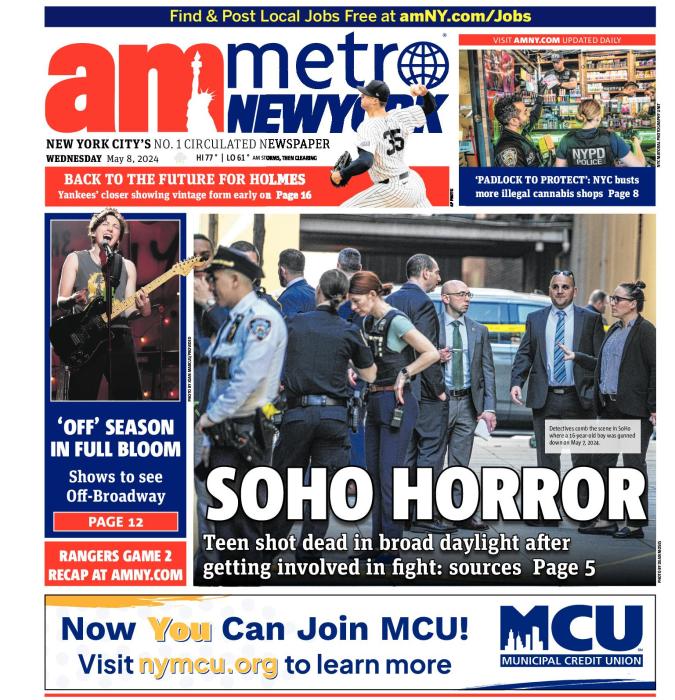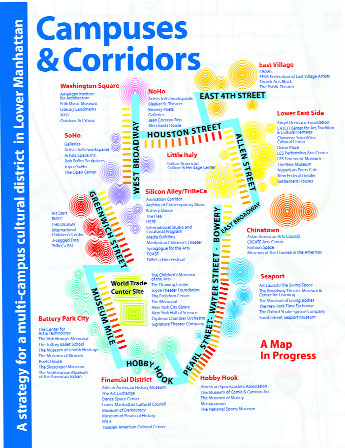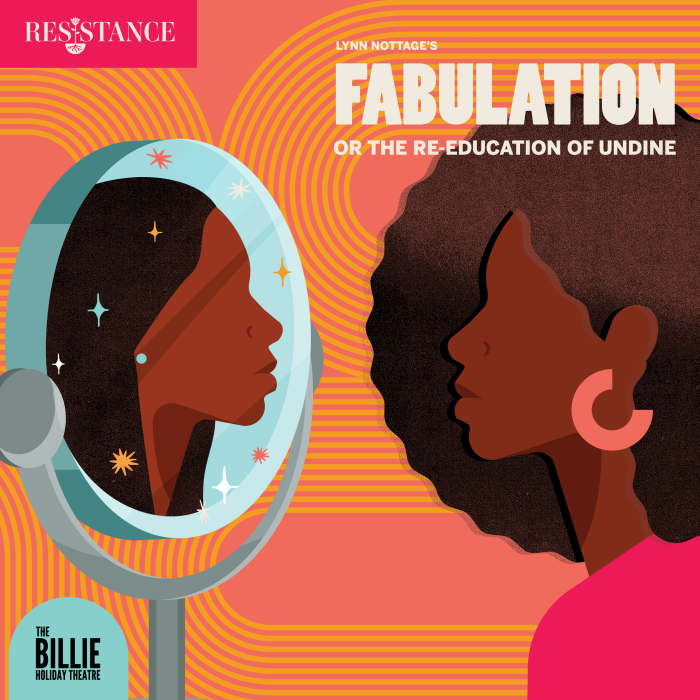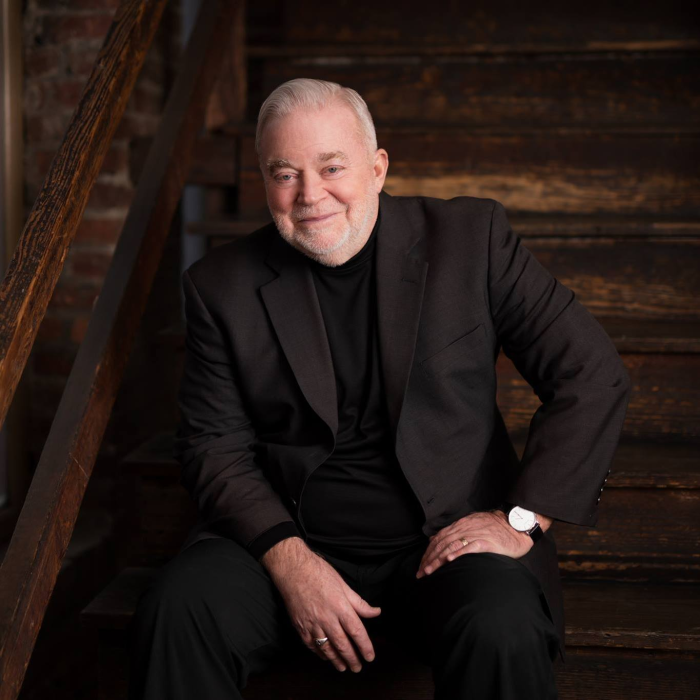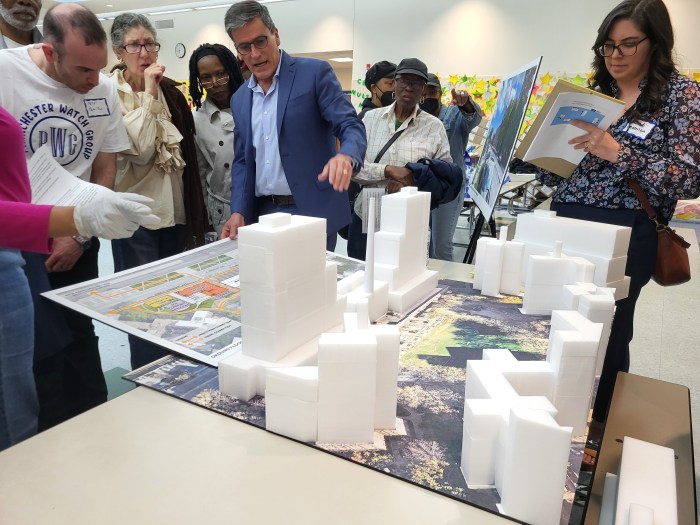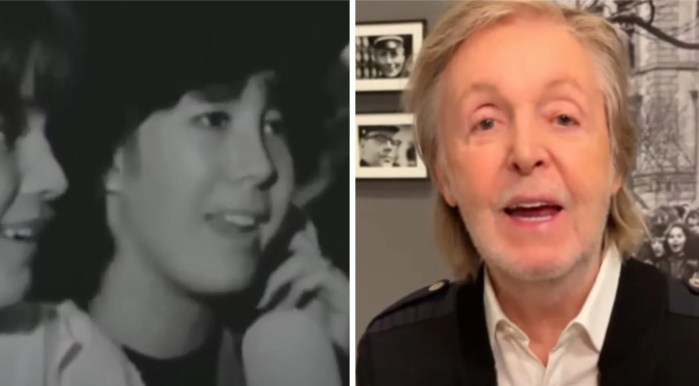By Erica Stein
Councilmember Alan Gerson this week issued a sweeping new proposal for a cultural district in Lower Manhattan. Gerson’s plan calls for the establishment of eight linked “arts corridors” – which would run past the galleries of Tribeca, the lofts of Soho, the museums of Battery Park City and the performance spaces of the Lower East Side; outlines the development of cultural space at the World Trade Center site and establishes the need for greater governmental support of existing arts organizations.
Gerson said that “the purpose of the ‘Campuses & Corridors’ road map is to demonstrate the possibility and feasibility of a major cultural renaissance Downtown and the way it would benefit culture, economy and society.”
Among the cultural space being envisioned at the World Trade Center site are possibly a Children’s Museum of the Arts, the Joyce Theater Foundation, the New York City Opera and a Freedom Museum.
The W.T.C. site itself would be located within the linchpin of the report: the arts corridor. The name of the report is “Campuses & Corridors,” referring to Gerson’s vision of Downtown as a cultural district, with arts and culture concentrated in (but not restricted to) a series of eight linked “campuses.”
Gerson said “the map is all encompassing.” The arts corridor would extend along Greenwich St. in Tribeca, through Battery Park City, the Financial District, the South Street Seaport, Chinatown and Little Italy, the Lower East Side, Soho and the East Village. The proposed route, which is described on the cover of the report as “A Map In Progress,” was largely determined by the existing locations of famous or stable organizations and institutions.
“Museum Mile,” the name of the corridor that would run through Battery Park City, is anchored by The Museum of Jewish Heritage, while the corridor connecting the Financial District with the Seaport and Chinatown snakes past The Museum of Comic & Cartoon Art. The route terminates in the East Village near The Public Theater. Each of the areas or “campuses” also contains a fair amount of available space to house the large projects – such as the CREATE Performing Arts Center in Chinatown, a project Gerson describes as “critical,” and that Lower Manhattan Development Corporation has approved $150,000 to study.
The route would be studded with public art, such as the proposed sculpture garden at Chatham Towers, transforming the abstraction of a cultural district into a concretely marked reality. A Web site for the project can be found at www.downtownvisions.com.
The plan was officially released at a press conference on the steps of City Hall Tuesday.
The work, research and guiding principles that went into the report, however, date back more than two years to January 2002. That was when the Arts Advisors to the City Council Select Committee on Lower Manhattan Redevelopment first convened for their monthly meeting. “We reached out to the arts community through announcements and on our website, asking them to respond and be a part of the process,” said Gerson.
The advisors consist of 30 community arts leaders. They looked at cultural policies and campaigns of 31 other American cities. This research, combined with reports from earlier studies conducted by local organizations, formed the basis of Gerson’s proposal.
The report details a plan to revitalize the arts, and through them, the Downtown economy. The map and the funding are proposals, Gerson described both as “in progress,” and he said that the “final decision about group funding and amounts will rest with the public … we want a free and transparent” decision process.
The report states that while New York City has been considered the cultural capital of the world for much of the past century, that may not always continue to be the case.
Paul Nagle, Gerson’s liaison for arts and culture, explained the problem in terms of “bright flight” — artists priced out of neighborhoods they turned into high-traffic draws are leaving the city, lured away by the incentives offered in Portland, Baltimore and Chicago. The report has two strategies for dealing with the problem: “strengthening and creating cultural institutions and facilities; strengthening and facilitating artists in their opportunities to pursue arts creation and transactions.”
Strengthening existing arts infrastructure would be accomplished by providing funding for existing and nascent Downtown organizations, including the Angel Orensanz Foundation, the Battery Dance Company and the South Street Seaport Museum. The funding would be from the L.M.D.C.’s remaining $1 billion of Community Development Block Grants. Gerson did not offer a cost estimate for his plan but said it would be a “fraction” of the remaining money. He said the L.M.D.C. “recognizes the importance of the arts and they’re very interested” in the report.
One of the groups that would benefit from Gerson’s proposal is Collective: Unconscious, a 10-year-old theater group that has been displaced from its home on Ludlow St. The report recommends allocating $50,000 dollars to the group for “stabilization in [a] new space.”
Collective Unconscious co-founder Caterina Bartha, currently overseeing a fundraising drive for the group, said, “We’re trying to be smarter artists and smarter administrators. Part of that is being connected to Alan Gerson’s committee and being included. [The report] sets up a system where organizations like us can not only survive, but similar organizations can come into being.”
The plan includes aiding individual artists directly through an examination of the Loft Law and the strict enforcement of the Artist in Residence codes. Nagle explained that the committee looked at the examples of other cities and countries, especially of Canada’s artist housing program, to develop their proposal, which calls on the city to help create affordable living and work space though tax credits and energy subsides.
WWW Downtown Express
